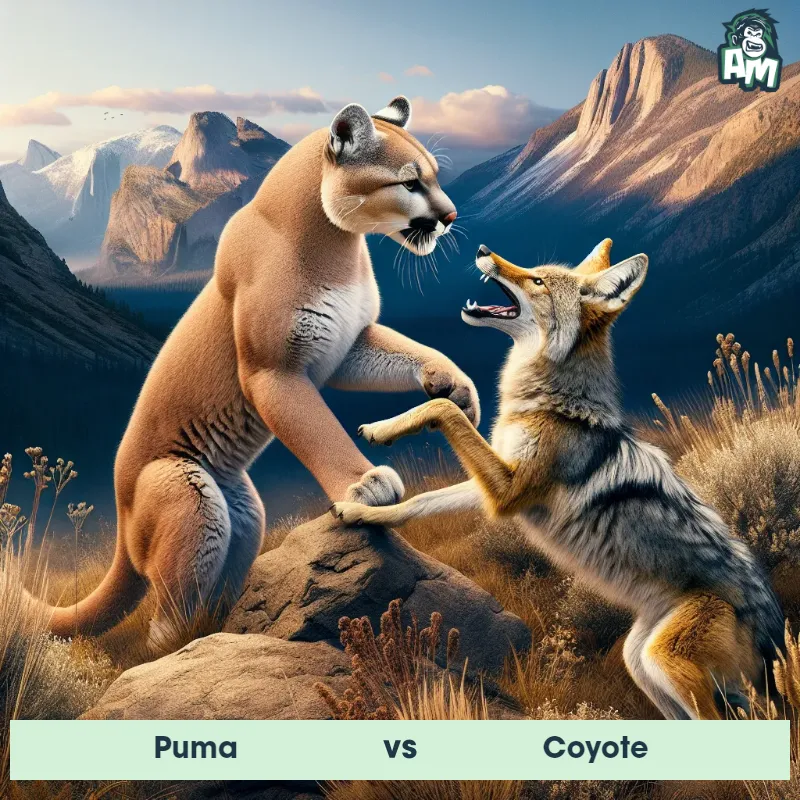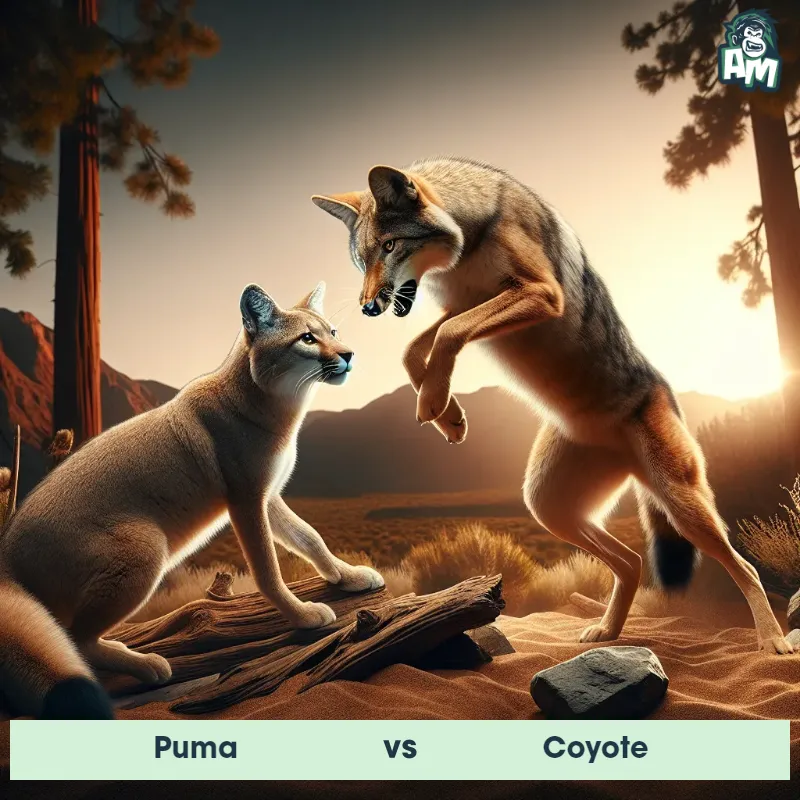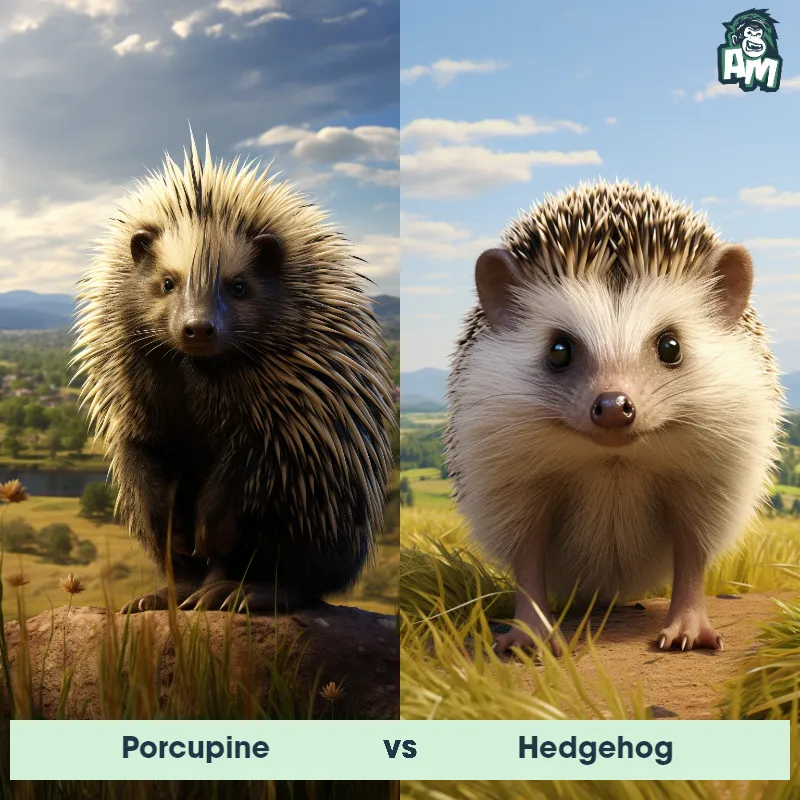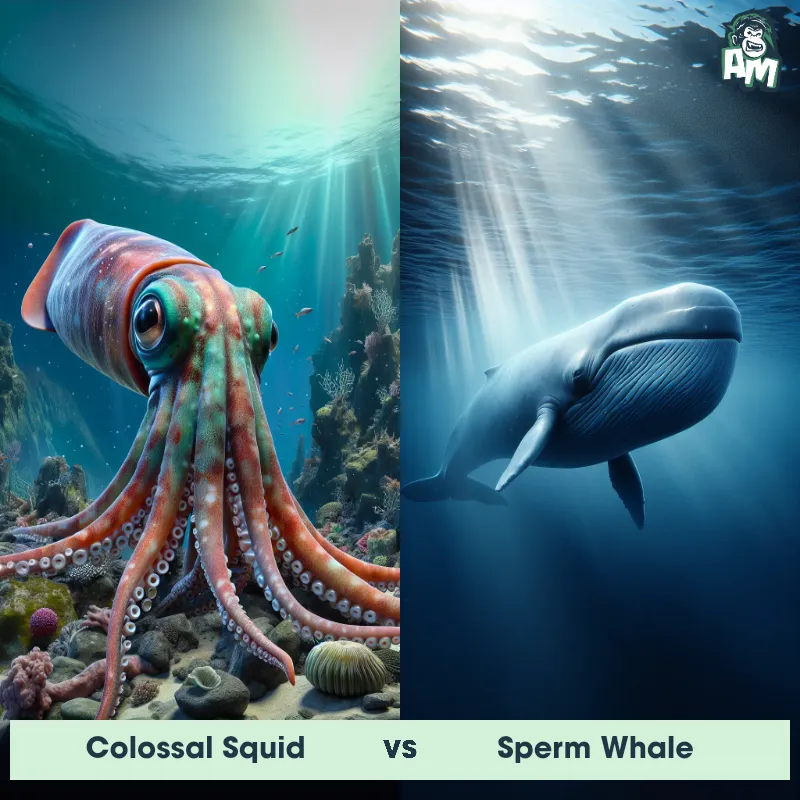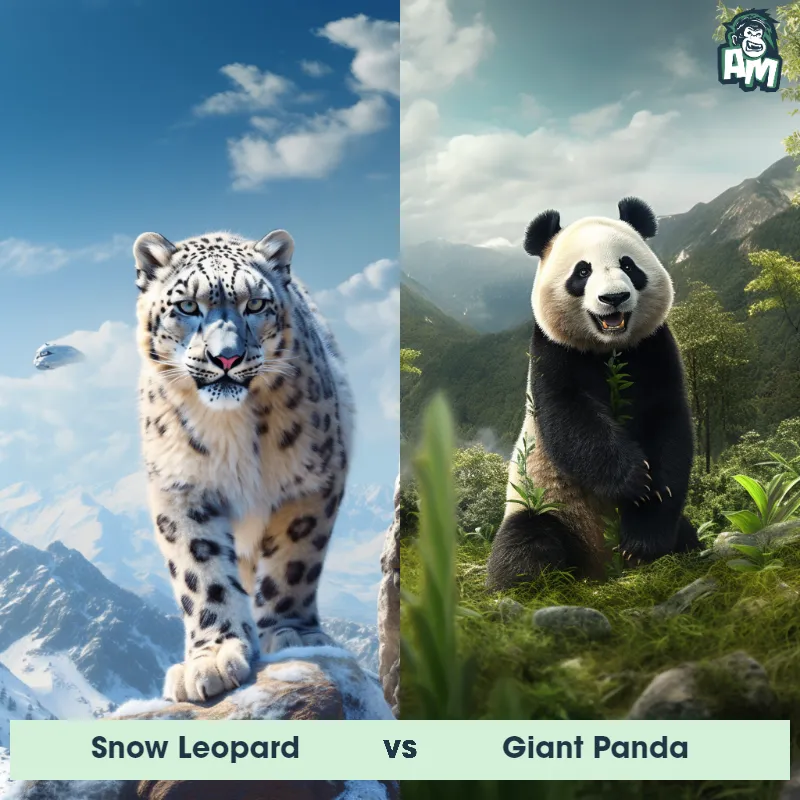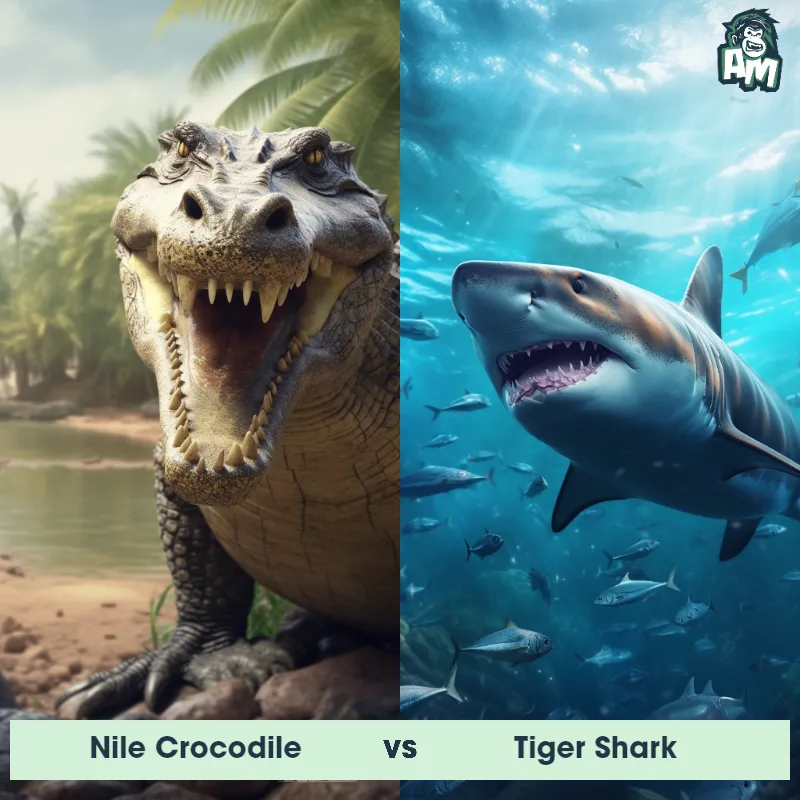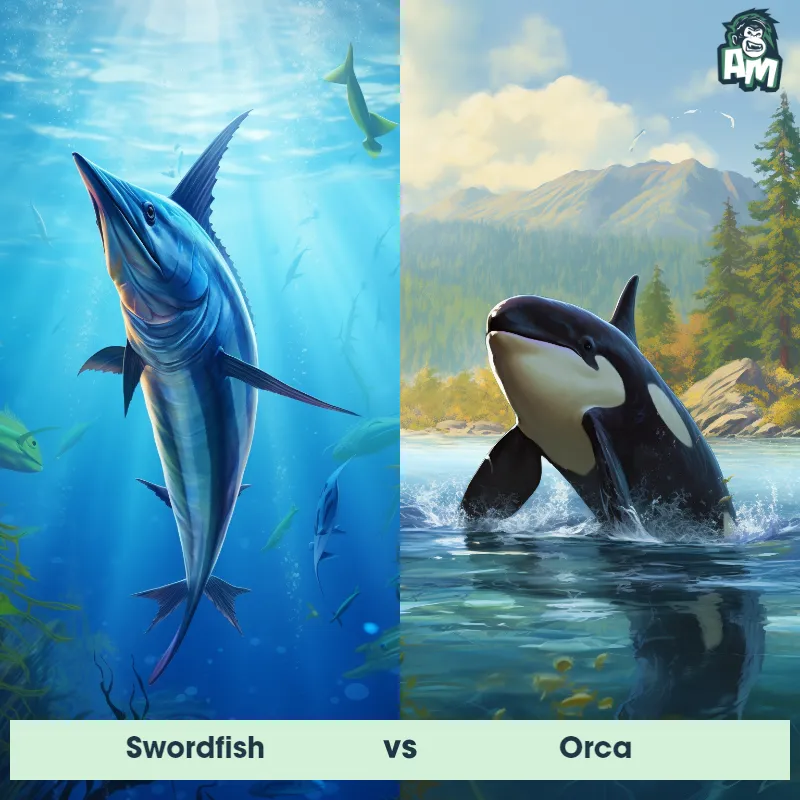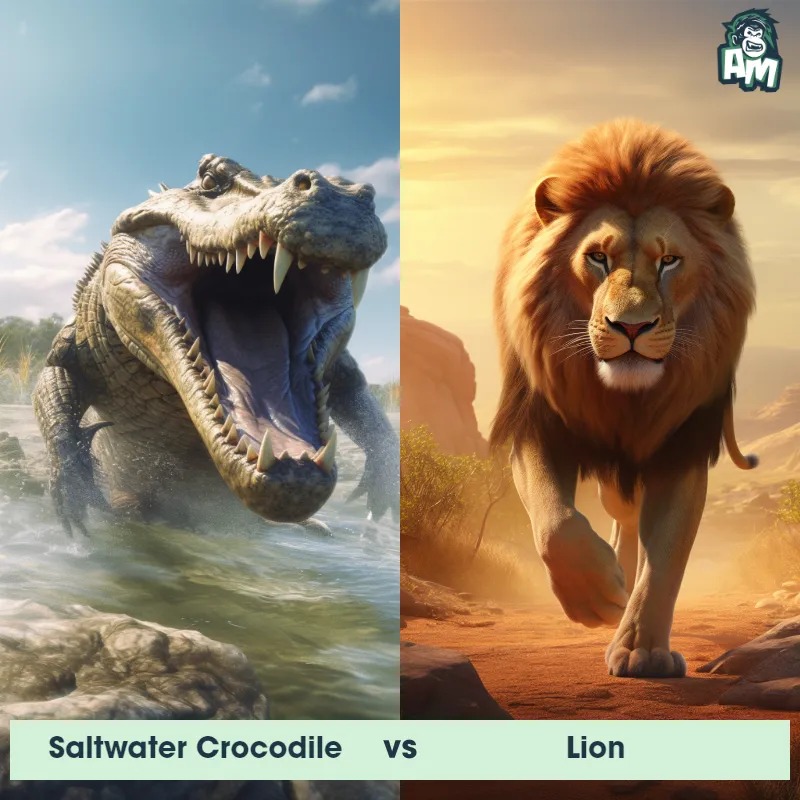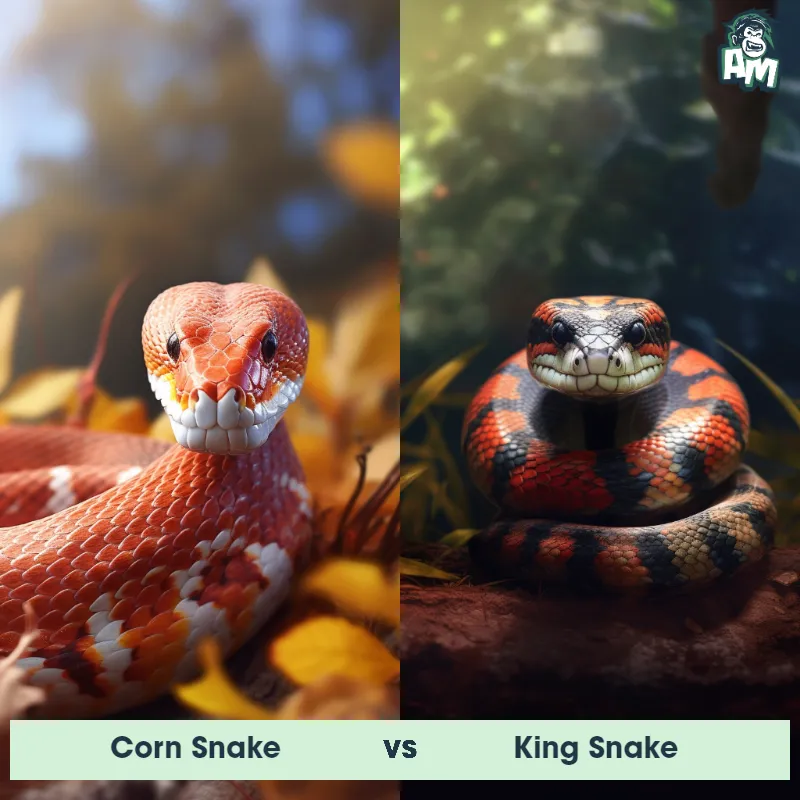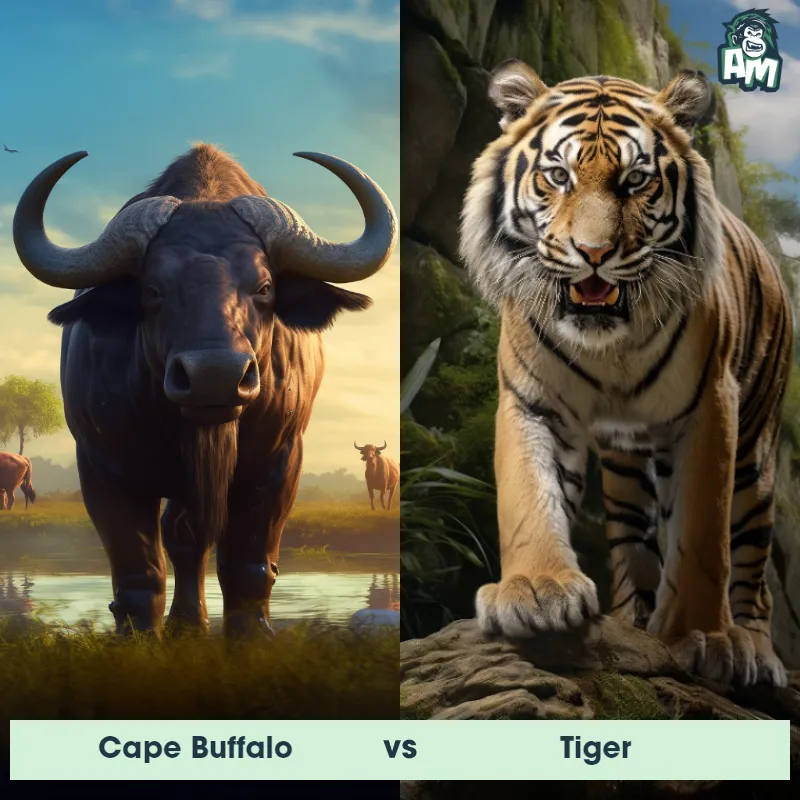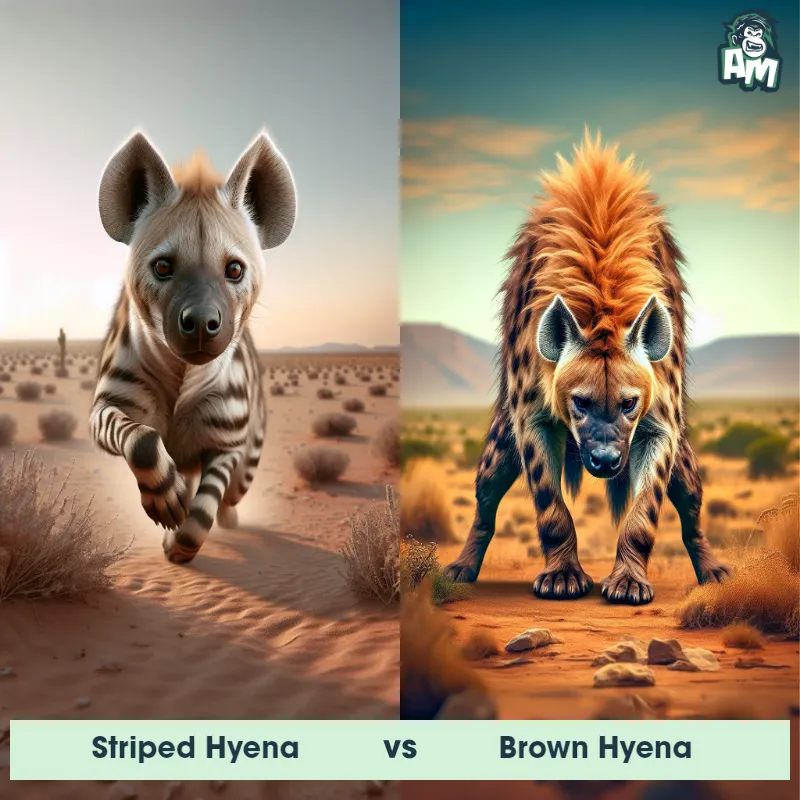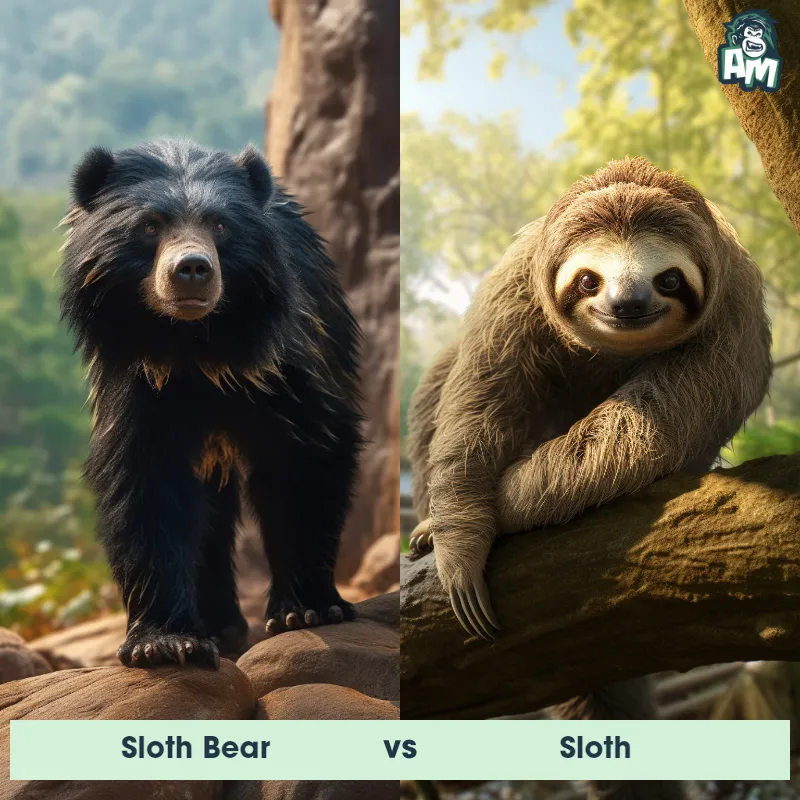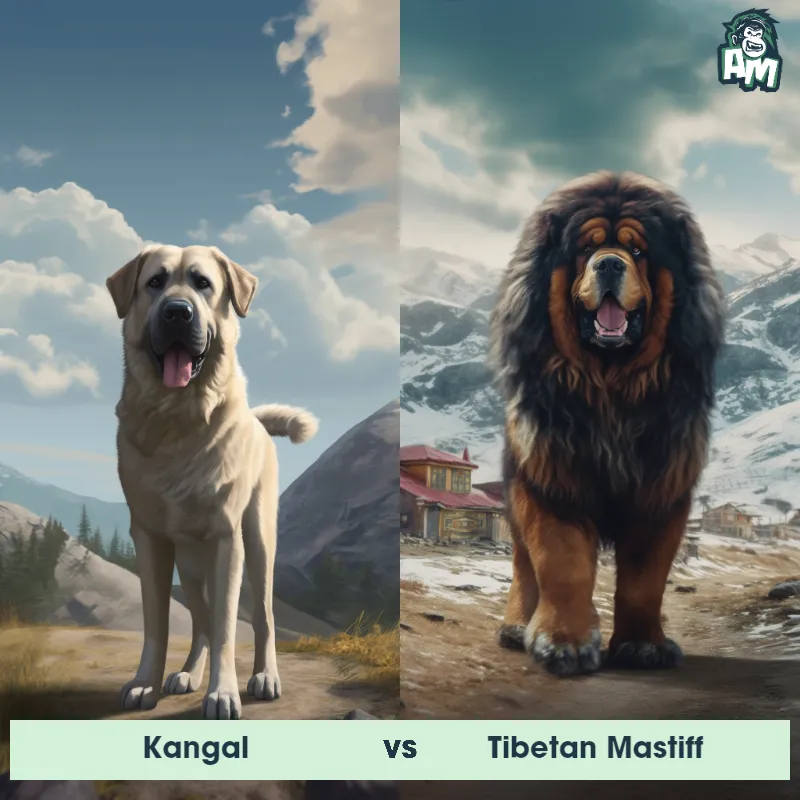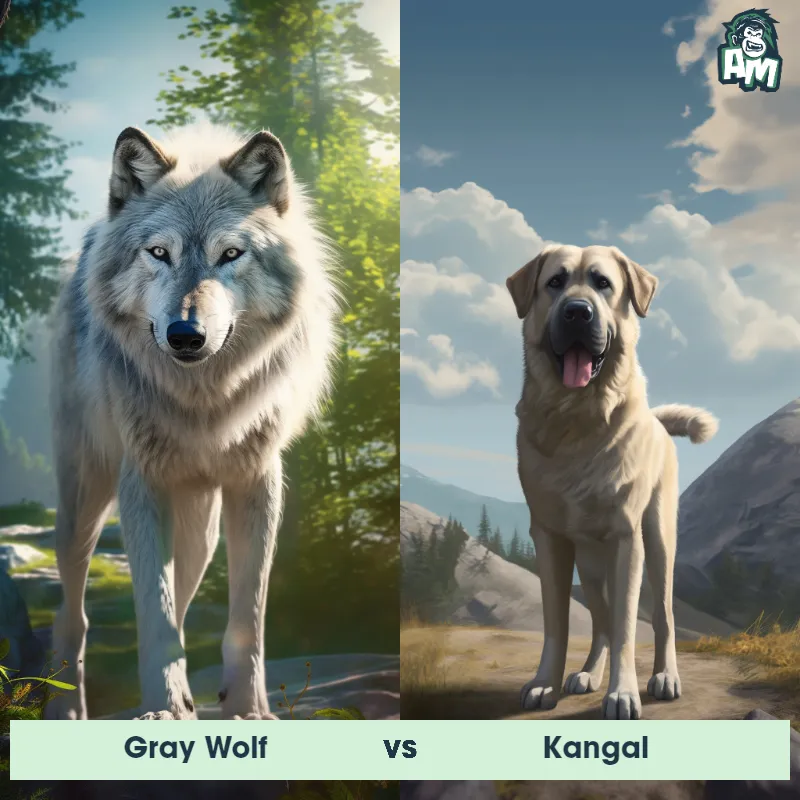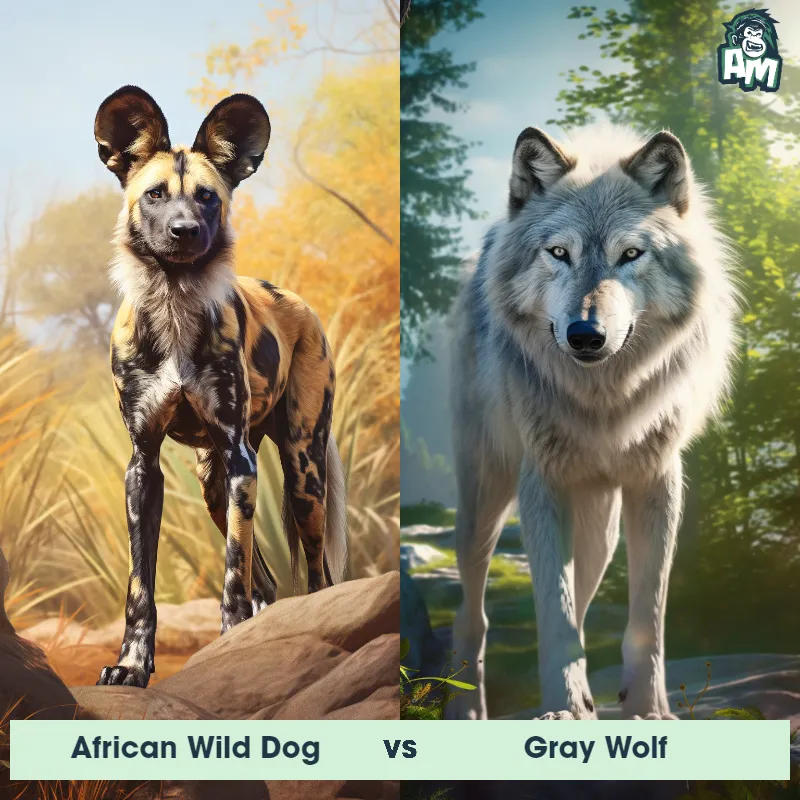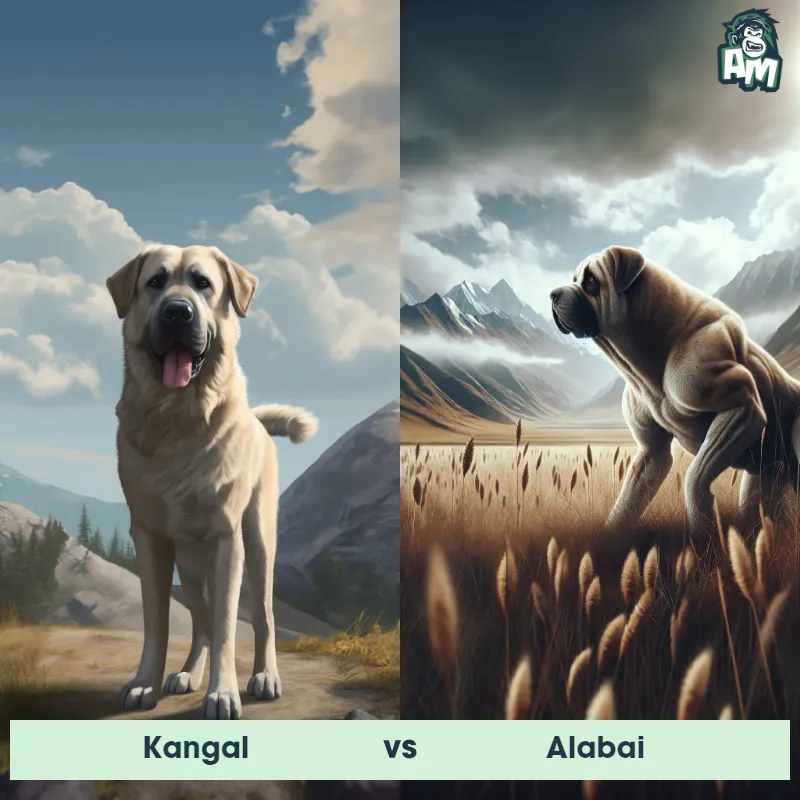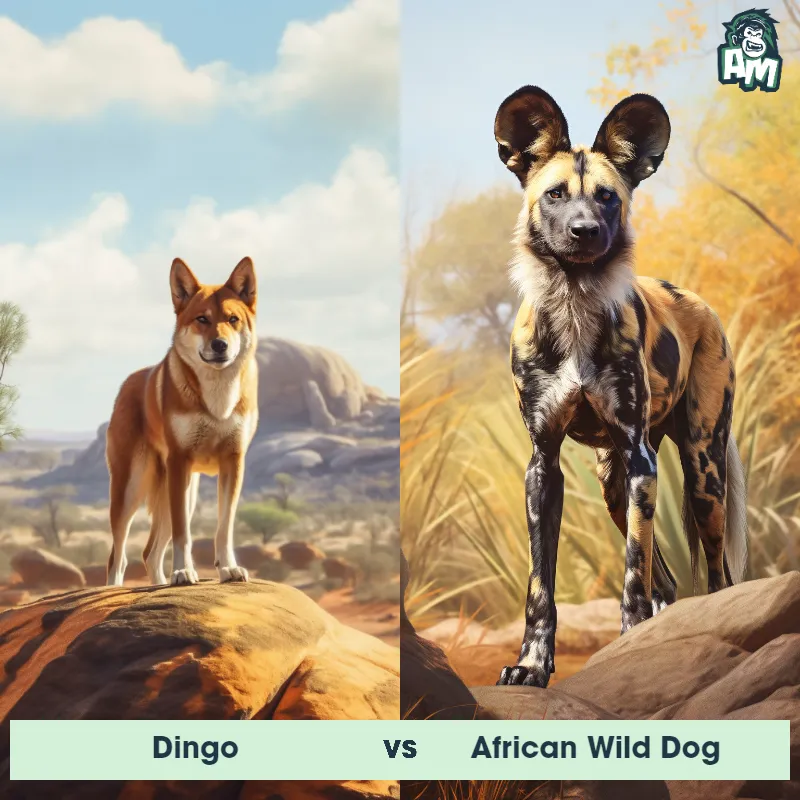Puma vs CoyoteSee Who Wins

Ladies and gentlemen, welcome to this thrilling matchup between a Puma and a Coyote. Tonight, we witness the fierce battle between two of nature's most agile predators. There's a sense of anticipation in the air as they enter the ring, ready to showcase their strength and cunning tactics. Let the showdown begin!
Contender 1: Puma
The Puma, also known as the mountain lion or cougar, is a large, solitary cat found in North and South America. They have a muscular build, short fur that ranges in color from tan to gray, and distinctive black markings on their face, ears, and tail. Pumas are known for their agility and can jump up to 18 feet in a single bound. They are also excellent hunters, with sharp claws and teeth that allow them to take down prey much larger than themselves.
Fun Fact: Pumas are one of the few big cats that can purr, which they do when they are content or communicating with other pumas.
Contender 2: Coyote
The Coyote, also known as the American jackal, is a small, carnivorous mammal that belongs to the Canidae family. They have a slender, agile body with a bushy tail, pointed ears, and a long snout. Coyotes have a grayish-brown fur coat with a white underbelly, and their eyes are yellow and almond-shaped. They are known for their adaptability and intelligence, and can be found in a variety of habitats, from deserts to forests.
Fun Fact: Coyotes are known for their vocalizations, which include howls, yips, and barks, and they use these sounds to communicate with each other and establish their territory.
Matchup Stats
| Puma | Coyote | |
|---|---|---|
| Size | 2-3 feet (0.6-0.9 meters) at the shoulder | 32-37 inches (81-94 cm) in length |
| Weight | 100-200 pounds (45-90 kilograms) | 20-50 pounds (9-23 kg) |
| Speed | Speed: 50 mph (80.47 km/hr) | Speed: 43 mph (69 km/hr) |
| Key Strength | Powerful jaws and sharp claws | Speed and agility |
| Biggest Weakness | Vulnerable to attacks from behind | Lack of physical strength |
Current Votes
Puma vs Coyote
See Who Wins
Match Highlights
View More Matches
Looking For More?
Similar Matches
Scientific Stats
| Puma | Coyote | |
|---|---|---|
| Scientific Name | Puma concolor | Canis latrans |
| Family | Felidae | Canidae |
| Habitat | Mountains, forests, deserts | Various habitats, including deserts, forests, and grasslands |
| Geography | North and South America | North and Central America |
| Diet | Carnivorous, primarily deer and smaller mammals | Omnivorous, eats small rodents, insects, fruits, vegetables, and larger prey like deer and livestock |
| Lifespan | 8 years - 13 years | 10 years - 14 years |
Key Differences between Puma and Coyote
- Size: The Puma (Puma concolor) is larger than the Coyote (Canis latrans). Pumas can measure up to 3 feet tall at the shoulder and 7-9 feet in length, while Coyotes are typically around 1-2 feet tall at the shoulder and 3.5-4.5 feet long.
- Tail appearance: Pumas have long, thick tails that are relatively short compared to their body length, while Coyotes have bushy tails that are held low while running.
- Fur coloration: Pumas usually have a uniform coat color, which varies from light beige to reddish-brown or grayish, while Coyotes have a mixture of gray, tan, and reddish-brown fur with a white throat and belly.
- Facial features: Pumas have a round head with small, rounded ears and a strong jawline, while Coyotes have a more elongated snout, large pointed ears, and a leaner face.
- Body shape: Pumas have a more muscular and streamlined body, with a long body and tail, while Coyotes have a slender, dog-like body shape.
- Paw size: Pumas have large, padded paws with retractable claws, which enable them to grip and climb, while Coyotes have smaller paws with non-retractable claws, adapted for speed and agility on the ground.



